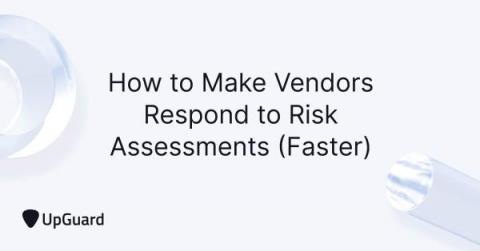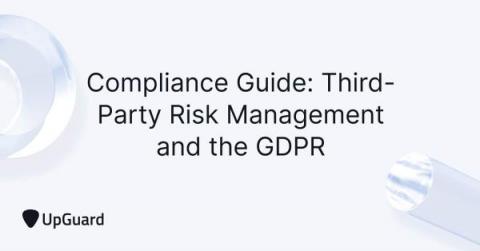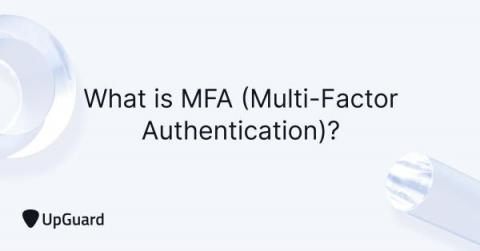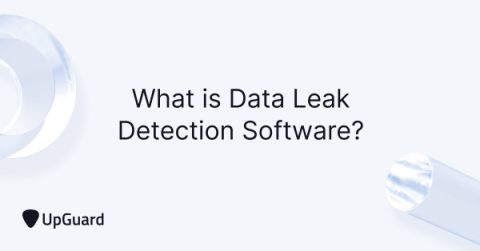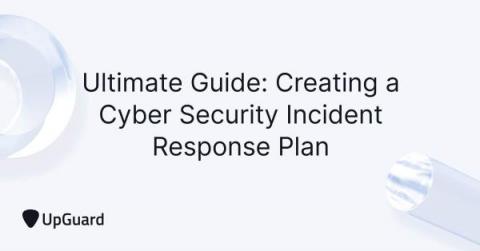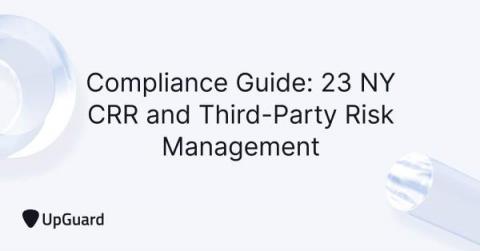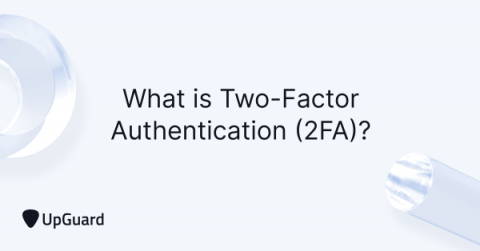How to Make Vendors Respond to Risk Assessments (Faster)
One of the most frustrating challenges of vendor risk management is chasing outstanding security questionnaires. But with some clever operational strategies, you’ll never need to worry about delayed risk assessments impacting your SLAs again. To learn how to encourage your vendors to complete their risk assessments faster, read on.


